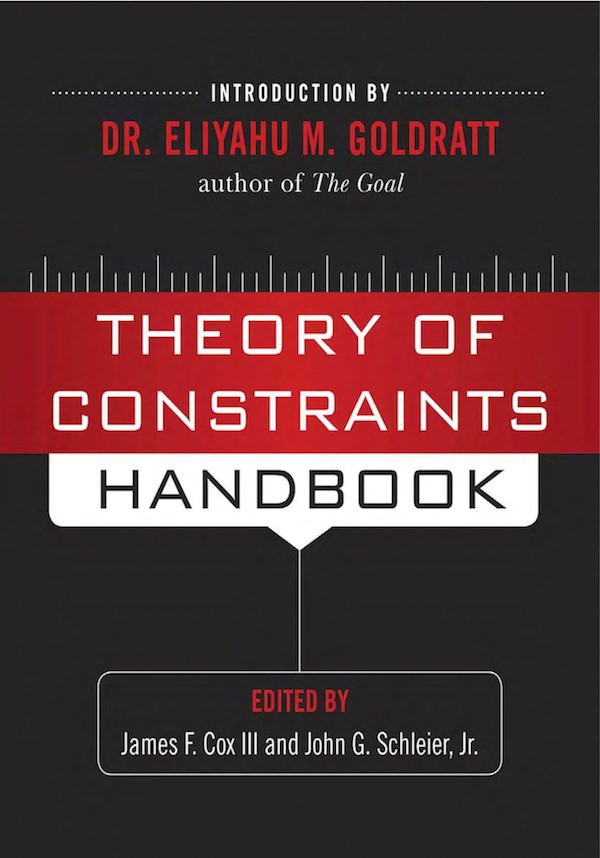Theory of Constraints in Prisons (Chapter 27 of the Theory of Constraints Handbook)
Christina ChengInfo
Level of TOC knowledge acquired:
Advanced and IntermediateLength:
31 pagesDesigned for:
Academics and ConsultantsTopics:
Thinking ProcessesLanguage:
EnglishFormat:
DownloadShare
Recommend
This is an individual chapter of Theory of Constraints Handbook. Chapter Purpose: To review the relevance of TOC applications compared to traditional approaches towards rehabilitation within the Singapore prison environment.
Particular attention will be given to how TOC can be applied in its simplest form to overcome ongoing chronic conflict which often leads to repetitive negative behavior in multiple offenders. Using this process, inmates learn the importance of clearly identifying their underlying driving need behind each individual thought, word or action.
Once this need is validated, they learn to formulate and test alternative positive ways to fulfill this need through win-win solutions in dealing with daily and ongoing personal, family, peer and societal issues. This approach has been used in diverse male adult and juvenile audiences. Implementation and sustainability issues are also discussed. Examples and case studies are provided throughout.
Content:
- What to Change?
- What to Change to?
- How to Effect the Change?
- Results
- Follow-on Implementations
- Future Recommendations
- Summary and Conclusion
Comprehensive coverage of the Theory of Constraints
Complete Table of contents of the Theory of Constraints Handbook
- I: What is TOC?
- II: Critical Chain Project Management
- III: DBR, Buffer Management, and Distribution
- IV: Performance Measures
- V: Strategy, Marketing, and Sales
- VI: Thinking Processes
- VII: TOC in Services
- VIII: TOC in Complex Environments
- Theory of Constraints in Complex Organizations
- Applications of Strategy and Tactics Trees in Organizations
- Complex Environments
- Combining Lean, Six Sigma, and the Theory of Constraints to Achieve Breakthrough Performance
- Using TOC in Complex Systems
- Theory of Constraints for Personal Productivity/Dilemmas
- IX: Summary
About the Authors:
James F. Cox III, Ph.D, CFPIM, CIRM, holds TOCICO certifications in all disciplines. He is a Jonah's Jonah, Professor Emeritus, and was the Robert O. Arnold Professor of Business in the Terry College of Business at the University of Georgia. Dr. Cox has written three books on TOC.
John Schleier holds TOCICO certifications in all disciplines. He was President and Chief Operating Officer of the Mortgage Services Division of Alltel, Inc., Executive Vice President of Computer Power, Inc., and Director of Office Systems and Data Delivery for IBM.









































